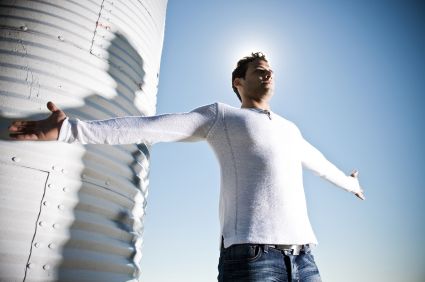Working with Children & Developmental Challenges: A Feldenkrais® Perspective
The birth of a child is a miraculous event. And even more miraculous is witnessing the stages of their development. A child is born completely dependent on it’s parents or caretaker for everything. Human beings are not born walking like most other animals and there is a long apprenticeship before we reach maturity.
Jean Piaget demonstrated that young children move to learn. It is through movement that the child learns all necessary functions. Do you remember the first time you watched a baby roll from their back to their belly, or reach for a toy while lying on their stomach? As parents we do not have to get down on the floor and teach the child how to roll over. The child wants the toy and begins to move, sometimes backwards and sometimes forward, seemingly random movements that are felt and perceived by the learning brain (a feedback system). Many trials and errors, adjustments this way and that way until there is a lengthening forward or a crawling and… success.
This process of crawling, reaching, rolling-over, sitting up, standing, walking, running, skipping, jumping, is both miraculous, and something we often take for granted. But for children with developmental challenges, these biological functions are often disrupted, or not readily available. Cerebral palsy, brain and nerve injuries, birth defects, genetic disorders, sensory integration disorder, autism, various kinds of learning delays all present challenges to normal development—and to the child’s parents, care givers and teachers. There are many traditional approaches for these challenges, like physical therapy, occupational therapy, medical interventions, certain types of massage and bodywork. One alternative is the Feldenkrais Method®.
In a Feldenkrais approach the practitioner focuses on what the child can already do well (because every child, with any condition, will have some things that he or she can do well), supports the child in learning to do that even better, and then helps the child build upon that success. This process may take the form of guiding the child through simple, gentle movement sequences or movement challenges that strengthen neural patterns while also building movement confidence. Moshe Feldenkrais discovered that improvement of one function usually improves other functions. By focusing on the child’s strengths in one area, a foundation is built for learning and strengthening other areas.
So let’s take rolling over: All Feldenkrais Practitioners, as a part of their training process, re-experience the developmental process that an infant progresses through – from sucking, to rolling to a side then to the belly, rolling up to sit, to standing. Check out this video of an infant and you’ll see the process this baby uses to discover rolling. The video also clearly shows the process, and the sense of discovery, that a Feldenkrais Practitioner might use when working with a very young person.




